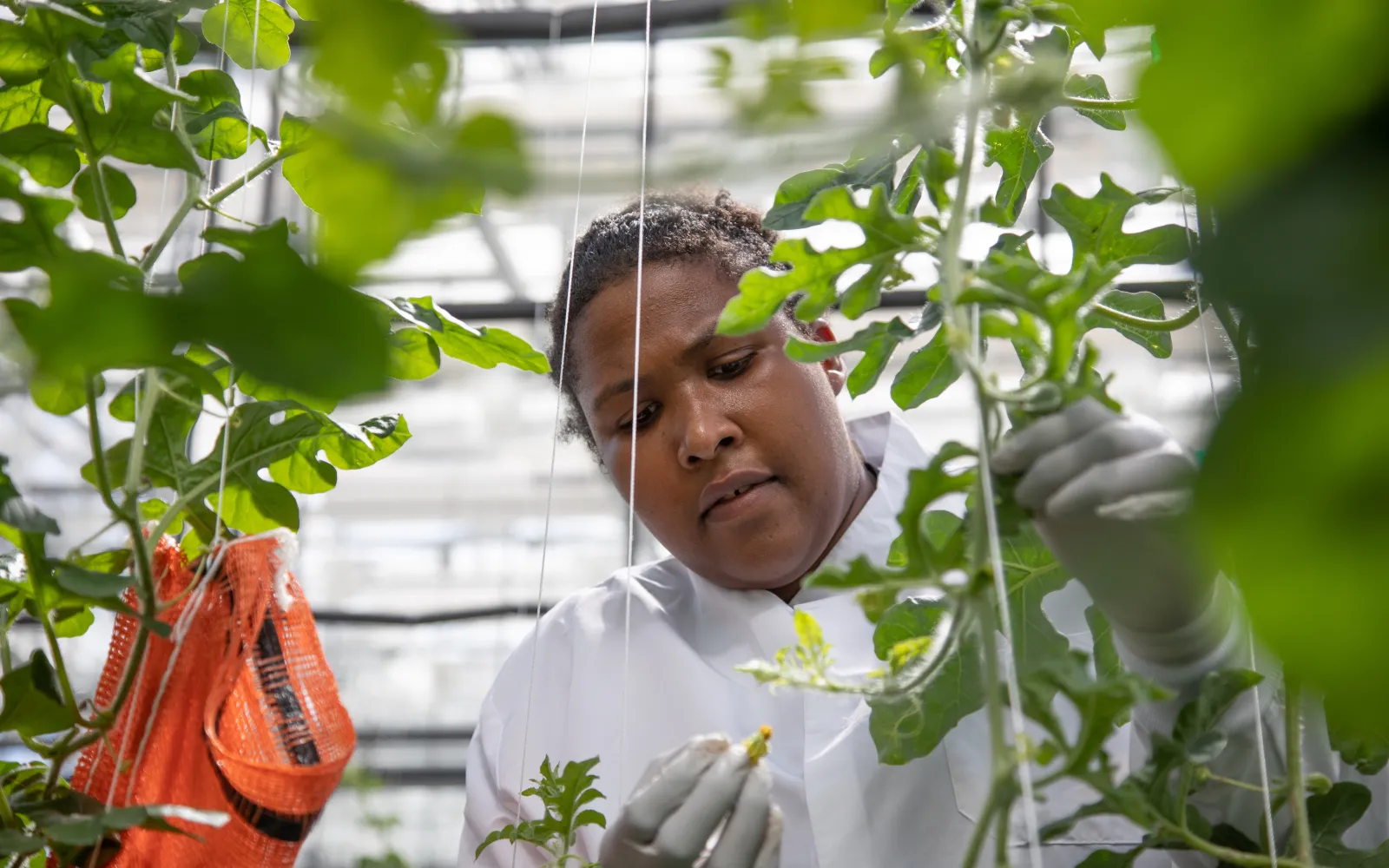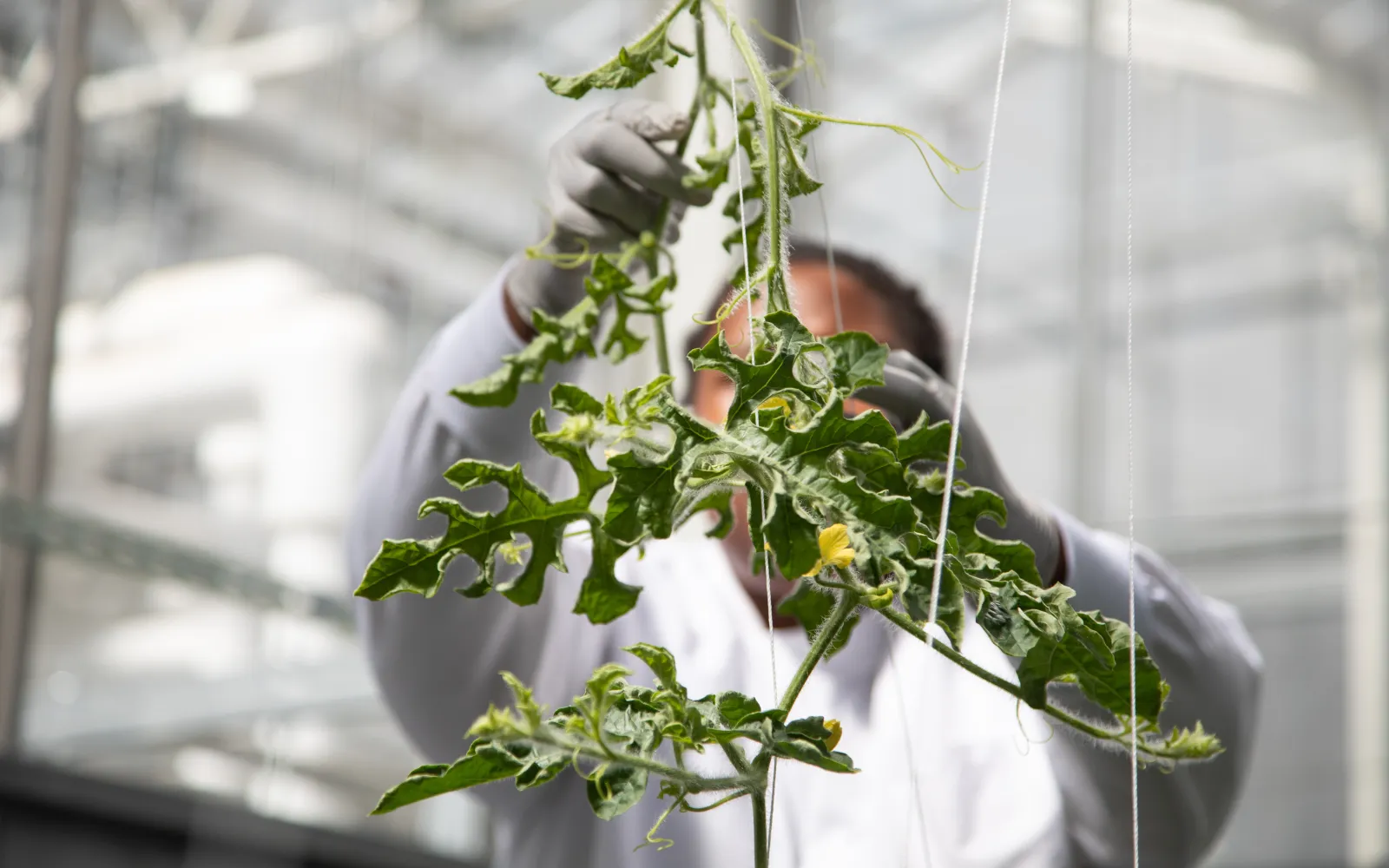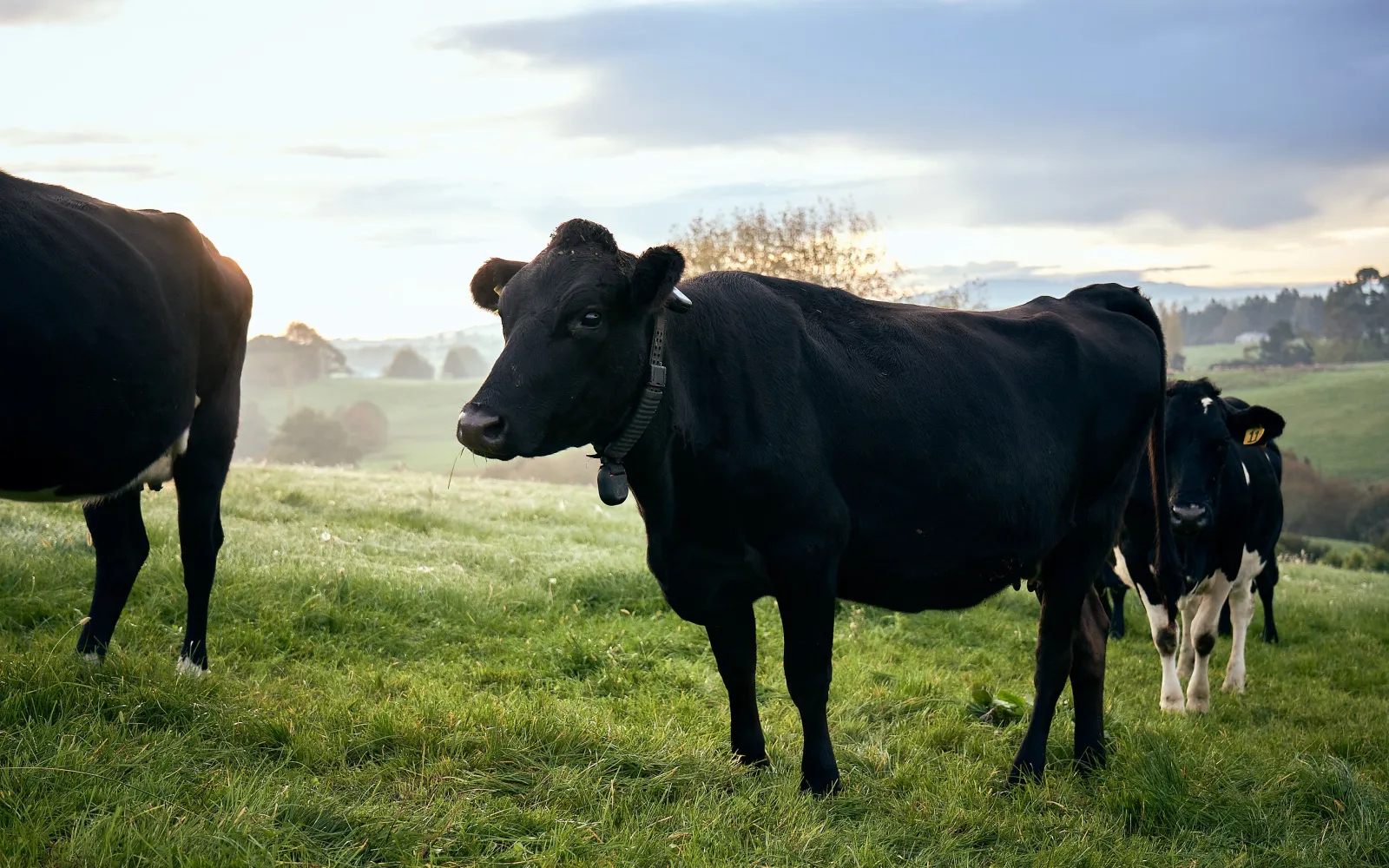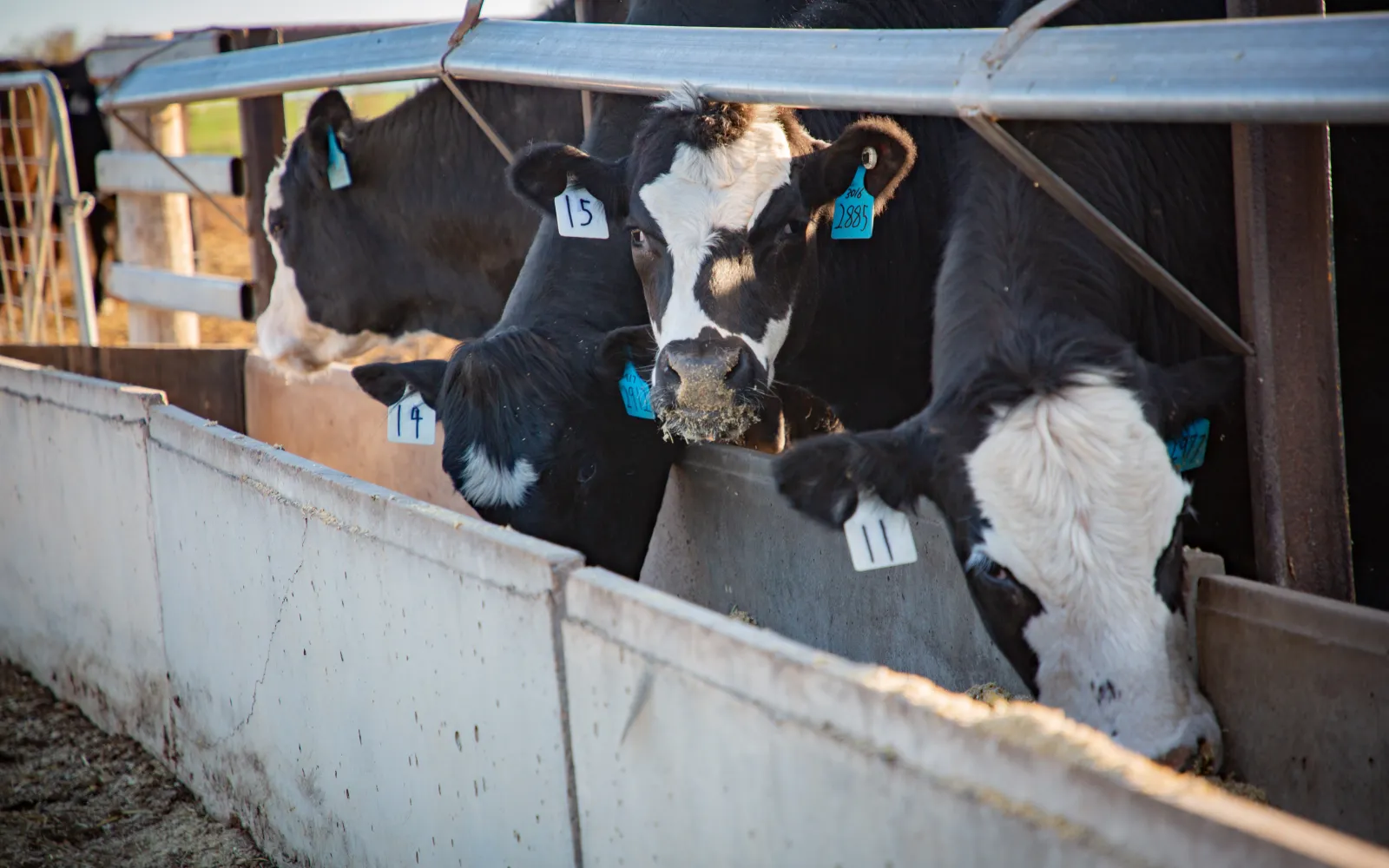

Elo Life
Using molecular farming to make healthy, nutritious, sustainable food ingredients
Sugar addiction isn’t a failure of willpower — it’s a feature of human evolution. As our primate brains evolved and grew to consume up to one quarter of our glucose intake, we developed reward mechanisms for the consumption of sugary, ripe, energy-dense foods. Those same dopamine rewards and sweet cravings that were once an advantage to our ancestors are killing us in an era of abundant, processed foods.
According to the World Economic Forum, the annual health costs of poor nutrition total $12 trillion, greater than the total value of the food industry itself. At the heart of this crisis is sugar.
Consumers know it. Seventy percent of Americans identify sugar as a health issue, and 72% are actively trying to cut back. But “sugar” is a catchall for simple carbohydrates. In many ways, the real culprit is fructose — a member of the sugar family that, when bound to glucose (another simple sugar), constitutes sucrose (“table sugar”), the most abundant sweetener in use. Fructose is sometimes called “fruit sugar” because it is found abundantly in sweet fruits, and, unsurprisingly, our primate brains give us an extra sweet reward for eating fructose versus other sugars.
Whereas consumption of fructose in whole fruits is rarely problematic, juicing, purification, and concentration of fruit sugars is: a medium apple may have as many as 10g of fructose, but a 12 oz glass of apple juice may have as much as 50g of sugars, nearly half of it from fructose. Similarly, high fructose corn syrup (HFCS) — an enzymatic derivative of corn syrup designed for maximum sweetness and mass production — has come under fire for good reason. Fructose (whether from fruit, sucrose, or HFCS) is metabolized in the liver and leads to the production of triglycerides, which in turn are linked to the development of cardiovascular disease — a high-fructose diet is, metabolically speaking, a high-fat diet.
Fortunately for us, the receptors on our tongues that perceive “sweet” are different from the broader set of molecules that sense, transport, and digest sugars in the gut and drive our physiological reactions to sugars; hence, we can perceive sweetness without paying the price of sugar consumption. Consumers eager to cut back on sugar and still enjoy sweet foods can turn to non-nutritive artificial sweeteners (including but not limited to aspartame, saccharine, and sucralose), which have increased in popularity alongside the growing awareness of the dangers of a high-sugar diet. The effects these molecules have on consumers are an area of active research; studies show that consumption of non-nutritive artificial sweeteners affects the gut microbiota, even leading to glucose intolerance in animal models. Although these studies aren’t definitive, preliminary research raises the fascinating possibility that non-nutritive artificial sweeteners may contribute to some of the ill health outcomes they were designed to fix.
Nature provides a solution: natural low- and zero-calorie sweeteners exist, likely the product of an evolutionary game played between plants and animals; a plant makes a sweet-tasting compound far more potent than sugar to entice animals to eat its fruit and spread its seeds. In other cases, molecules in plants defend against herbivores by making the leaf unpalatable due to overwhelming sweetness, like the glycosides in stevia. In the right concentrations and formulations, these alternate sweet molecules are used to stand in for sugars across a variety of food platforms and are better for us, offering delight without artificial ingredients or high calories.
Problematically, more than 80% of all-natural low- and zero-calorie sweeteners are produced in China. Mogroside, the molecule that makes monk fruit sweet, is the ideal sweetener, with a flavor profile like glucose, plus heat and acid stability; but the current supply chain relies on the extraction of mogrosides from monk fruit, which is both sourced from afar and difficult to grow and preserve. That creates a major dependency — and a growing vulnerability — for the global food system.
To reach a societal level change, we need scalable innovations to reduce sugar and calories while delivering great taste, clean labels, and affordability in real-world products. What’s more, we ought to be able to produce them in the U.S.
Shuffling the deck nature dealt us
At DCVC Bio, we believe biotech should be used to prevent disease as well as treat patients. Better food ingredients can improve human health at scale.
Elo Life Systems, a deep-tech company that has combined expertise in crop metabolism and natural sweeteners, has figured out how to produce natural sweeteners in domestic crops that can replace both sugars and synthetic sweeteners. Spun out of a human therapeutics company and led by CEO Todd Rands, an agriculture veteran, the company has built a leadership team that spans gene editing, plant husbandry, and food technology.
The science behind Elo’s breakthrough is multifaceted — the company has painstakingly identified, characterized, and patented multiple new enzymatic pathways involved in mogroside synthesis and has carefully orchestrated and adapted those pathways to ever-higher levels of productivity in crops that can be grown domestically.
Elo’s first products are naturally occurring, low- and zero-calorie sweeteners made in plants via focused biosynthetic pathways to deliver a clean, sugar-mimetic flavor — without the byproducts that create aftertaste or formulation issues associated with Stevia or Chinese monk fruit. These sweeteners allow uses that were previously not possible. Elo’s monk-fruit watermelon juice can cut 25% of calories and sugar and maintain 100% juice formulations, offering a lifeline for juice brands facing pushback from consumers over high sugar and calorie content — an industry first.
Furthermore, the company’s powdered sweetener program is making mogrosides that can be produced in sugar beet and deliver sweetness at the same or lower cost than HFCS, offering a path to scalable, high-performance natural sweetener production in the U.S. Scale matters not just for health outcomes, but for economics as well: the global sweetener industry is $100 billion annually and growing. Elo’s natural, delightful alternatives are poised to capture a meaningful portion of that market.
A better sweetener that uses fewer resources
Unlike traditional monk fruit, watermelon and sugar beet are crops that have already achieved scale economies. By leveraging existing agricultural and manufacturing infrastructure, Elo’s products are ~65% cheaper per kilogram than imported monk fruit sweetener — and can be produced without new land, added emissions, or exotic supply chains.
That supply chain advantage is important. Nearly all monk fruit sweetener comes from China, where the fruit must be hand-pollinated, hand-harvested, and transported quickly before it spoils. It’s a labor- and resource-intensive process. The resulting sweetener is costly, hard to scale, and vulnerable to sourcing disruption. As a result, food and beverage brands cannot adopt monk fruit as a sweetener across their platforms.
Elo is breeding crops like watermelon and sugar beets that are routinely grown in the U.S. Hence, Elo creates a secure, domestic alternative — one that supports farmers and makes the crops they already grow more valuable with an additional sweet food ingredient. For example, sugar beet farmers can now produce both sugar and Elo’s sweetener, dramatically increasing productivity per acre.
Improving our food system means removing and reducing sugar and sugar’s outdated and harmful alternatives by replacing them with abundant options. Breakthrough life sciences products are in the midst of a Cambrian-like explosion of possibilities, and the same set of skills that is currently revolutionizing the treatment of diseases is also being applied to health-span extension, which will require a controlled sugar intake. Elo is rooted in nature, designed for scale, and building the platform sweetener for the food industry.




